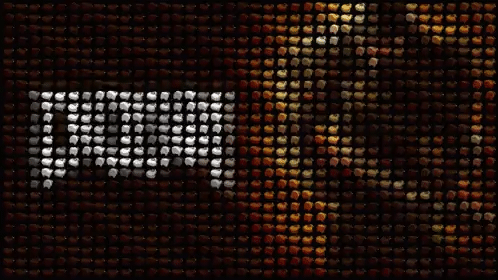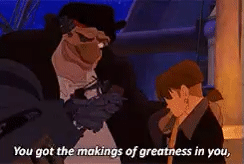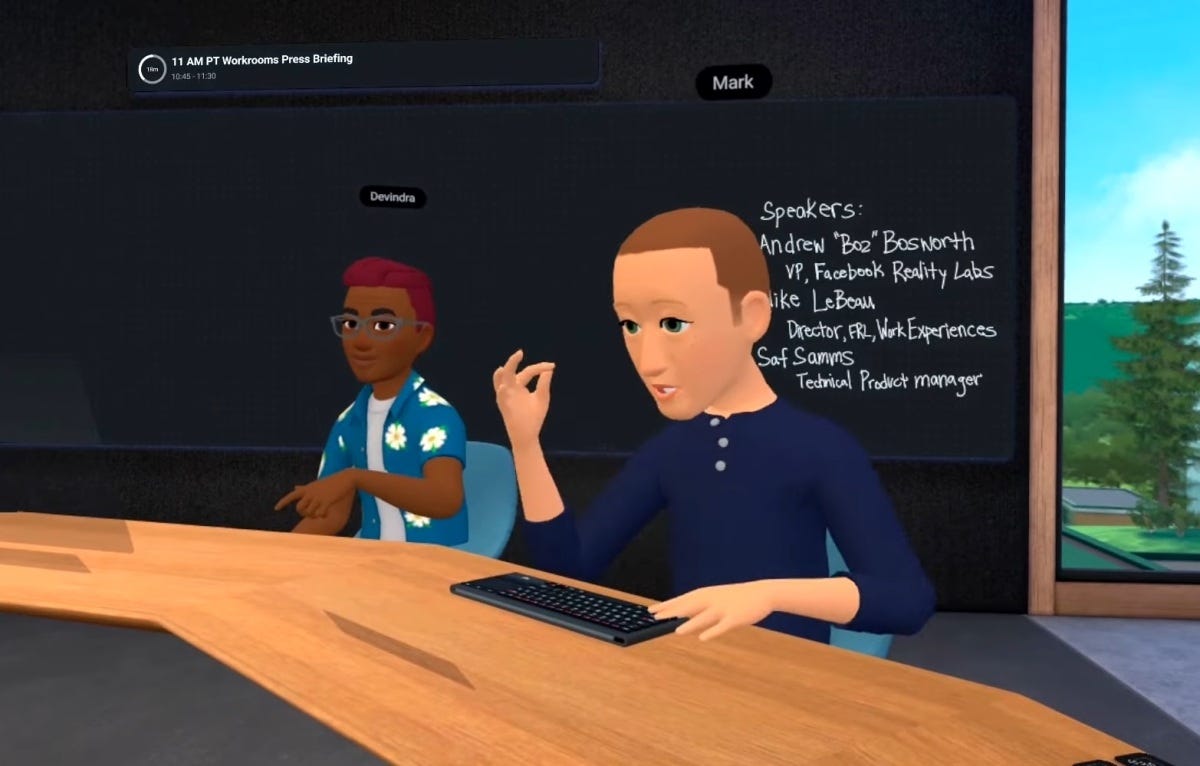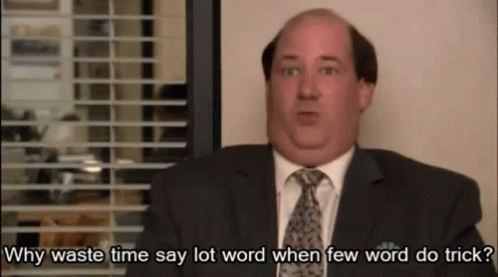Level 7: We Expect Too Much From Blockchain Games
Fun, Price, Funding, Blockchain, Accessibility: Adjusting Your Expectations
We ask way too much of blockchain games.
I say this as a developer, an investor, a community member, and a lifelong player of games.
Here’s some of the expectations we’ve placed upon blockchain games:
Be Fun!
Increasing Price of Tokens! (NFTs and Ecosystem Tokens)
Be Kickstarter! (help game devs de-risk game development)
Frontloading the booking of revenue + securing funding for the project
Be built on the blockchain! (which is a frontier technology)
Play-to-earn / Play-and-earn
DAOs
Interoperability
Composability
Be Accessible! (free-to-start)
So there are a few major goals that have been associated with blockchain games, and we’ll dissect them one by one in this post.
We’ll also talk about the origins of some of these goals, especially those newer ones.
Think of each section as a boss, with the conclusion being the final boss of the raid.
The loot is the knowledge, and I aim to leave you, dear reader well-equipped — with far more reasonable expectations, so that these blockchain games can flower into beautiful ecosystems. Read-to-learn so you can learn-to-earn.

Fun and Games




Here’s a few of my favorite books on game design.
[1] Designing Games: A Guide to Engineering Experiences — Tynan Sylvester
[2] A Theory of Fun for Game Design — Raph Koster
[3] The Art of Game Design: A Book of Lenses — Jesse Schell
But game design (the engineering of fun?) is just one component of the business of games.
I encourage you to also read about the business of games:
[1] Blood, Sweat, and Pixels: The Triumphant, Turbulent Stories Behind How Video Games Are Made — Jason Schreier
[2] Press Reset: Ruin and Recovery in the Video Games Industry — Jason Schreier
REVISE YOUR EXPECTATIONS.
It takes time, and experienced teams, to build and iterate towards good games. There are games that are speedy to market, and there are games that take a longer term approach.
They all have a place in adoption and experimentation of web3.
Increasing Price of Tokens
People expect the price of tokens to keep going up.
But there’s something more urgent here, which makes it not a career, but a calling…


Right before our eyes, we watch how we can get 300,000 people outdoors Stepping, and 1,000,000 players hoping for Axie’s success… and we focus on a ticker.
What we should be interested in, is studying the mechanisms, and models, that allow for the bootstrapping of these lovely game worlds to occur.
Because this allows for replicability.
Because this allows for the creation of player-owned game universes, and (maybe) the metaverse.
Where people can connect, make friends…
What we’re REALLY interested in, is the total utility derived from the game ecosystem, or the value that the game has provided to its community members.
The hope is that in sum, blockchain has allowed players to derive more utility from the games that they engage with.
Market capitalization is merely a proxy for that utility.
EXPECTATION
Number go up, if it doesn’t go up, I threaten to dump, and the only data we know how to process and present is price.
Hypothesis: we got conditioned due to a skeumorphism from crypto-markets, and NFT projects.
If an artificially scarce, 10,000 NFT project failed to do multiples on its mint price, it’s considered a failure.
We expect the same price action and supply squeeze from a game project.
But the NFT project’s utility is typically immediately apparent: a country club membership / Veblen good. It’s wanted if other people want it and assign respect to it.
The utility of virtual goods (a game NFT), however, typically doesn’t (and shouldn’t) be similar to an NFT project’s!
As speculators enter into an ecosystem, number goes up. As speculators leave, naturally, number goes down. This is the nature of an open economy.
The question is, who stays when it goes down?
Well, the meta (h/t cobie & Wangarian) has shifted. The tide will come out, and we’ll see who has been swimming naked, without a community. (h/t: Jon Jordan)
REVISE YOUR EXPECTATIONS.
This seems to be more of a problem of communication to community members, & economy design.
Logically, the value of these NFTs and ecosystem tokens should appreciate commensurate to the growth and total value of the ecosystem.
Ideally, the value of these tokens should be a lagging indicator for the success of the ecosystem, not a leading one.
We want to design mechanisms for these tokens that reflect this goal.
We also have to design ECONOMIES that reflect these goals, and communicate clearly to our users which reflect these values, and which are assets that are related to growth mechanisms.
Communication requires more granular vocabularies: the word “NFT” refers to a CryptoPunk, an Art Block, and a CryptoRaider, and an Axie. We need to introduce new terms to capture the cladogenesis of NFTs.
We also know that fully-diluted valuation is a meme: one sufficiently skilled at tokenomics wizardry can design the token, to artificially increase FDV independent of actual traction, and in fact, use that FDV to spur further (inorganic) traction.
In the short-run (I’d say, next year or so), I’d expect this trend of price-focused growth to continue, where the player-investor crypto-class will continue to help grow the demand-side for these blockchain games.
However, as more projects that have been building since early on come online, it will be harder to raise capital for a vision-based game, and harder still for exciting new games to continue to deliver on this goal of return on investment (ROI).
Number will not always go up. Exploits happen. Failed Experiments happen. GameFi is a game of risk management.
Remember, the loot is the knowledge…


Be Kickstarter (Funding of Games)
Level 4 discussed this: free-to-play led to a new era of games. Blockchain does this as well, but with a new paradigm: community-owned games. At minimum, this funding environment helps builders derisk these experiments into new games.1
They provide another avenue for traction, that isn’t necessarily gated by gaming VCs, publishers, or your angel network, and is typically done via NFT sales, or even token distribution (LBPs, LBAs, airdrops, and on).
As a community member, you’re incentivized to apply your games knowledge, and be a part of the game development process.
This is all well and good.
The expectation is related to the above. However, this also means that blockchain games have to engage simultaneously in (1) raising capital, (2) managing their community, and (3) building the game.
Building the game is hard enough!
Additionally, because of the low barrier to entry for game developers, and the relative difficulty of ascertaining intentions of actors, it can be difficult to evaluate the potential success of a blockchain game.
The trouble is: the only thing the average player-investor can go off… is skeumorphisms: both in indicators of growth, as well as in web2 games.
(1) Indicators of growth are inherited from the NFT ‘PFP’ ecosystem: floor price, volume, community members...
(2) We judge games by how they compare to web2 games, or game concepts we’re familiar with.
This leads to (over)-funding of a great deal of projects, many of which will not exist in a few years’ time.
REVISE YOUR EXPECTATIONS.
Even gigantic games by experienced game developers with 20 years of experience, fail. Don’t expect every blockchain game to even be delivered, let alone deliver returns.
See: Press Reset: Ruin and Recovery in the Video Games Industry — Jason Schreier
Be built on the blockchain
Building on new tech is difficult— it always has been.
There are varying degrees of usage: from a light touch of web3 by selling NFTs, to fully on-chain games such as Dark Forest.
Teams will have to make choices about what primitives they’ll use from the varying worlds of DeFi, DAOs, NFT infrastructure, PlayFi and more.
REVISE YOUR EXPECTATIONS.
Where there are difficulties, there are opportunities.


Be accessible
Free-to-play works — it’s brought billion dollar revenue games — primarily because of their accessibility: the fact that anyone can download a game for free, and tell their friends, and access it almost frictionlessly.
Gabe Leydon, the creator of Game of War (as of 2018, grossed 2.8 billion USD in total), speaks about this in detail in a talk titled “Do You Want to Rule the World?”
There are two App Stores that can distribute to two billion people. Everybody knows where to get your game. No one needs to know a dot com. No one needs to go down to GameStop, they just take out their phone, say ‘what’s the name of the game’, go to the App Store, and download it.
If my main feature in the game is a person, then I need to go to the device that they all have: (a mobile phone).”
As investors & players, we expect the same level of accessibility and discoverability from blockchain games.
To say nothing of first-time user experiences, et al…

But blockchain games operate along a spectrum of accessibility: in the above tweet thread, I discuss the tradeoffs between building within the spectrum of web2.1 and web3.0 games.
On one end, you have Thetan Arena and League of Kingdoms. (Free-to-start)
On the other end, you have Crypto Unicorns and Axie Infinity. (Access to gameplay gated by asset ownership)
Guilds help in facilitating this access, but its not nearly as frictionless as Free to Play (one team estimates up to 20 steps to begin playing Axie).
In reality, we understand that the floor price probably shouldn’t be $4,000 to begin playing a game.
But the way we designed our economies, which often are skeumorphic to NFT projects, could make it so that it could be $40, $4,000 or $40,000.
REVISE YOUR EXPECTATIONS.
Recall why blockchain games are promising compared to pure F2P:
Large amounts of $ goes towards building up the game and its ecosystem, rather than funneling in new users
Instead of paying advertisers, why not allow early players, adopters and project supporters the upside?
The punchline then is that blockchain games have to find new avenues for growth.
It will also take time for F2P developers to fully wake up to an alternative model, and also adapt their skillsets in optimization, FTUE, performance marketing, for blockchain game development.
Recall: with the current models, there is often a trade-off. What you gain in accessibility, you may lose, in the other dimensions (and expectations) discussed above.
Why even have blockchain in games?
So if we can’t fulfil these expectations, what are we doing this for?
Recall: we are seeing if blockchain can revolutionize the business of games (like Free-To-Play did). Blockchain gaming can make vision-based games possible. They present alternative growth mechanisms, that can potentially scale to millions of users without depending on platforms. We’ve only touched the tip of the iceberg here: under an F2P funding paradigm, Stardew Valley would not be funded.
Blockchain also can allow for new types of games — new mechanics, and gameplay. Axie unlocked the management sim. Gray & shadow markets in open economy games like Crypto Unicorns become core gameplay.
DAOs open up the potential for a new era of community-owned and operated games. We have the potential for remixable and composability of game mechanics (see: web3 games, and Warcraft III maps / Roblox). We have the potential to encourage, and granularly award value to a whole class of user-generated content (see: DotA 2).
We are at the start of a new era.
It took 2 years to go from Fruit Ninja (2010) to Clash of Clans (2012). There will be a lot of experimentation in between.
Conclusion
Games teams, as they experiment in this new paradigm, in their current form, can fulfil 1, 2, or even 3 of those expectations.
Different game products will be tailored towards fulfilling these expectations, at varying levels & degrees.
We need to adjust our base rate — and know that most games fail (see: Press Reset, or this sobering Wikipedia page). (P.S: hat tip to Sebastian Park & Nico Vereecke, in the upcoming Metacast, discuss exactly this.)
There are many games that we’ve got a chance to work with & invest in, which are pioneering brand new models that could address one, many, or even all of the above issues.
Those that succeed may take months, years to come to fruition, and prove out their hypotheses.
There is alpha in paying close attention… and remember to have fun along the way.
Realistically, a game is never fully new. It’s typically 90% building on other games, and 10% innovation. You might witness an Archaic Revival, bringing back mechanics that worked really well in old games (see: Stardew Valley & Harvest Moon). The ‘remastered’ trend is slightly different to this Archaic Revival.






Nice! This reminds me of BoredElonMusk’s article for FTX.
Love this! Tired of player-investors, that haven't watched lifecycles of games closely, complaining a team hasn't shipped a perfect game 6 months after fundraising. Lol